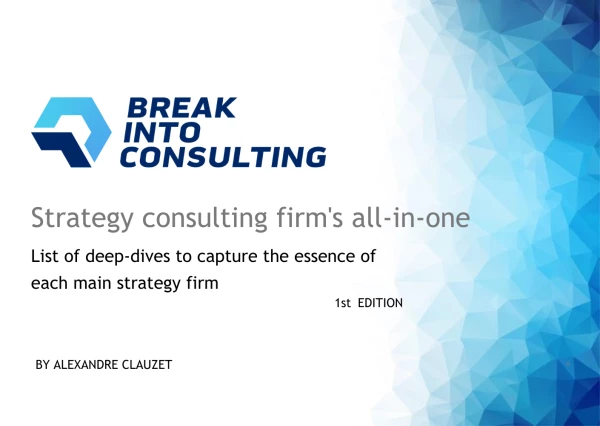Hi there,
One simple finance doubt that has me struggling: meaning of discount rate 'r' in an Equity-only and in a Debt&Equity scenario.
Specifically:
-
What is the meaning of ‘r’ in a basic NPV case where the firm investment is only in Equity?
If I understand correctly, it’s the interest I would make by investing in a basic benchmark. Personally, it’s not clear if this benchmark is:
a) an investment in a risk-free bond; b) the average rate of return of the company. -
And what changes when the firm investment is a Debt-Equity mix?
Is 'r': a) The WACC, or is it still b) an investment benchmark?
Background
My question derives from this doubt: according to Modigliani-Miller, the value of a company in a no-tax scenario should not be impacted by the financing mean. Therefore NPV1 should be equal to NPV2
Thank you in advance for your help!
T















